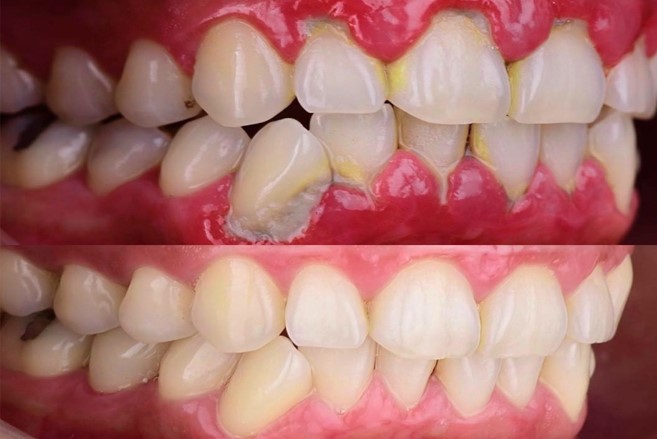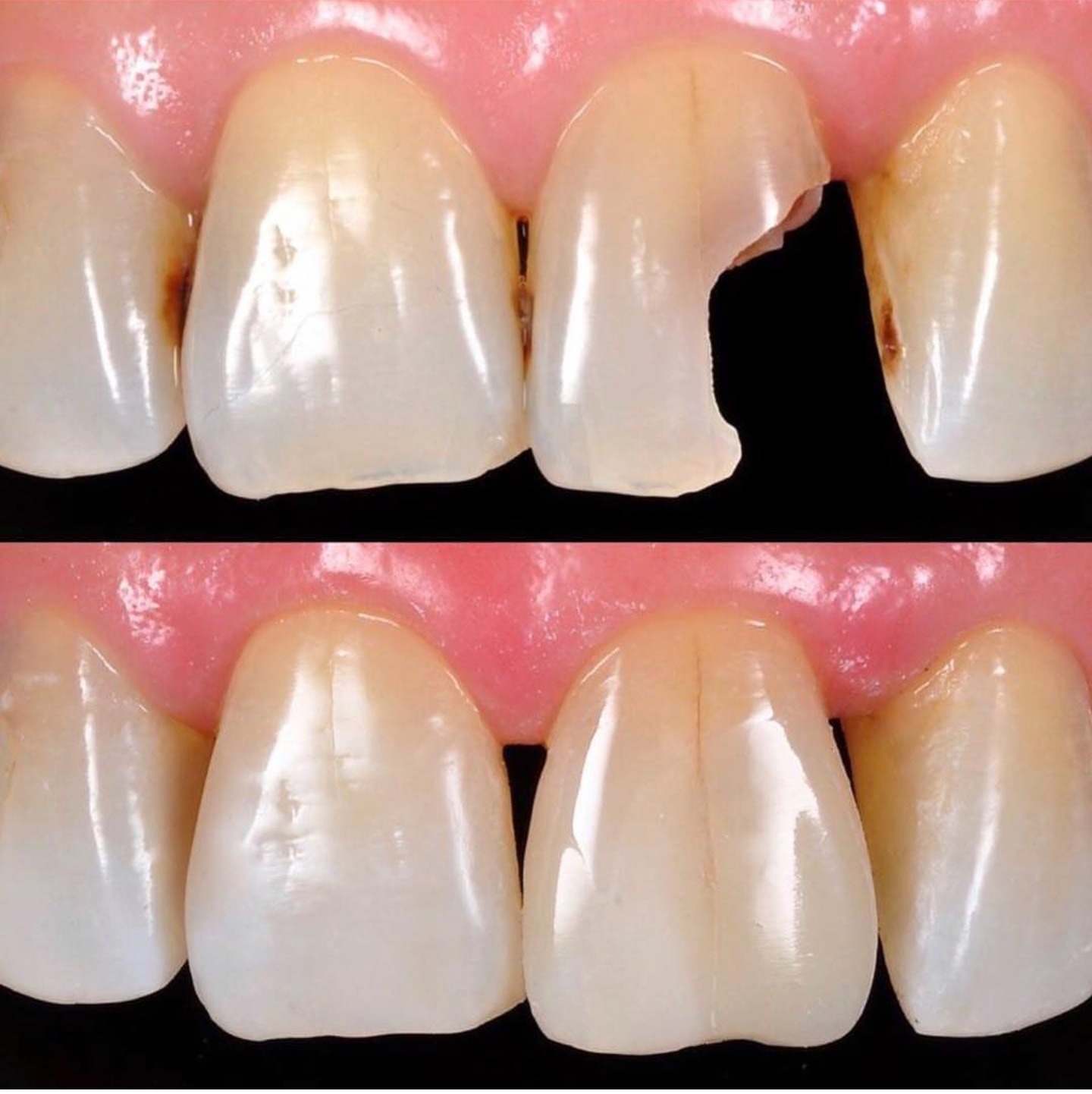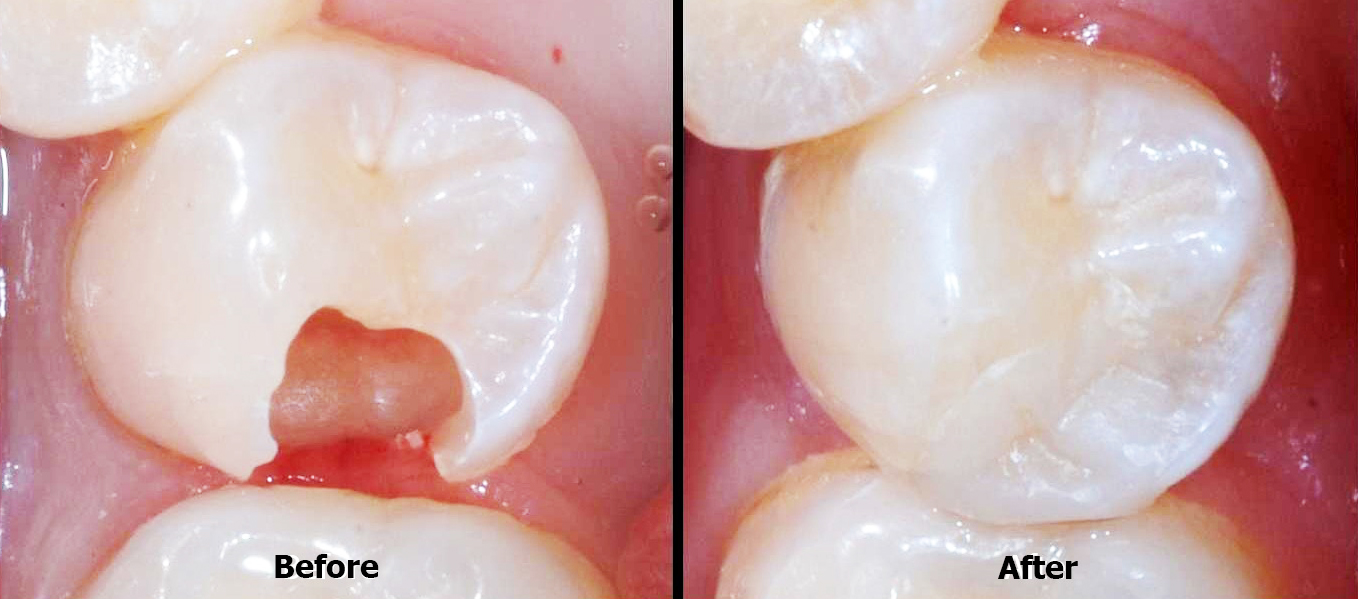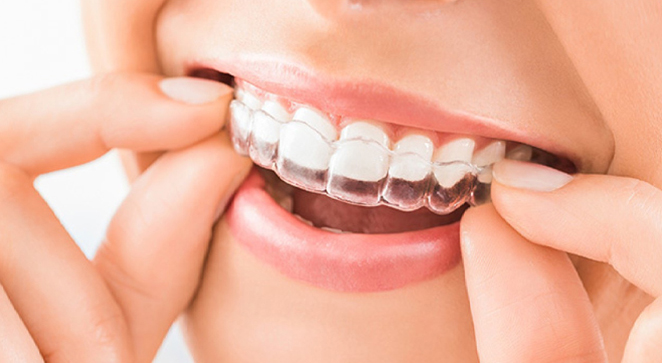About Treatment
Scaling & Polishing
Gum disease is often caused by a build-up of plaque bacteria, the best way to remove this is by twice daily tooth brushing. But no matter how well you clean your teeth there will always be hard to reach areas that are tricky to keep clean. In these areas, plaque bacteria can accumulate and may eventually mineralise to form a tough, crusty deposit called calculus or tartar, which is impossible to remove by brushing alone. If not removed, more plaque can build up around the tooth and potentially under the gum line, leading to the progression of gum disease.
To reduce the risk of gum disease or to help stop it from becoming more serious, we recommend that you have a professional clean, called a scale and polish, to get your teeth properly clean. This is because the build-up of plaque bacteria can cause the gums to recede from the teeth, leaving tiny spaces where more plaque can collect and infections occur. Left untreated, these infections may impact the bone and tissues in your gums that provide the support structure for your teeth, if this is damaged, teeth may become loose.
Regular check-ups with your dentist are vital as, unlike tooth ache or sensitivity, gum disease is not always painful. In fact, to begin with, you may not even notice you have it at all, but a professional examination can pick up early signs so you can take steps to treat gum disease before it gets worse.

Dental Restoration (Filling)
Restorative dentistry involves the diagnosis, prevention and treatment of oral diseases. Your dentist may suggest a treatment plan to restore teeth that are decayed, chipped, cracked, discoloured.
Your dentist will diagnose your oral health condition during a routine visit using visual, mechanical and radiographic techniques to analyse your teeth's surfaces. Some restorative dentistry treatment is minimally invasive and can be performed by your dentist in one appointment. More complex dental treatment may require multiple dental visits.

Types of Cavity Fillings
- Amalgam Fillings:
Amalgam has been used by dental professionals for more than a century; it is the most researched material used for filling cavities. Amalgam fillings are strong and are therefore ideal for filling cavities in the back of the mouth such as in the molars, where chewing takes place. Since they are made of a combination of several metallic elements, amalgam fillings can be noticeable when you laugh or smile. These fillings are among the least expensive of all cavity-filling materials. - Composite Fillings:
Sometimes referred to as composites or filled resins, these fillings feature a combination of glass or quartz filler and can be made to match the color of your tooth. Composite fillings are also fairly durable and are ideal for small-to-mid-size restorations in areas of your mouth that perform moderate chewing. - Ceramic:
A ceramic cavity filling (usually made of porcelain) is tooth-colored, and it may be less likely to show tooth stains over time than a composite cavity filling. But price is a factor a ceramic filling can be nearly as expensive as a gold cavity filling. - Glass Ionomer:
This blend of acrylic and glass is used to create a cavity filling that releases fluoride to help protect teeth. But a glass ionomer cavity filling is less durable than other types, and may need to be replaced in as little as five years.

Who Needs a Mouth Guard?
- Mouth guards should be used by anyone children and adults who play contact sports such as football, boxing, field hockey.
- Adults and children who grind their teeth at night should have a nocturnal bite plate or bite splint made to prevent tooth damage.
- BRUXISM (Teeth Grinding)Bruxism is also known as grinding and/or clenching of your teeth. It’s a very common condition.
- TreatmentThere are several ways to alleviate the effects of bruxism. One of the most common, which your dentist may recommend, is a night guard. This is an appliance typically worn while sleeping through the night.



